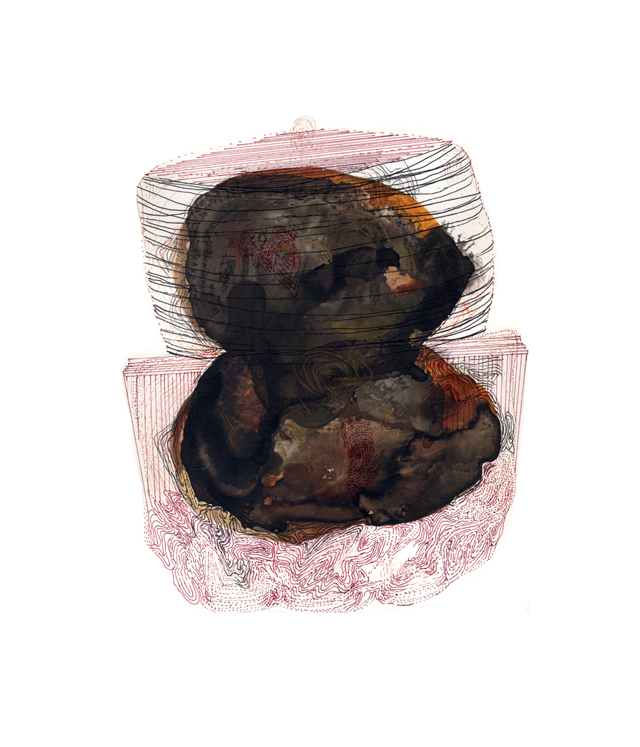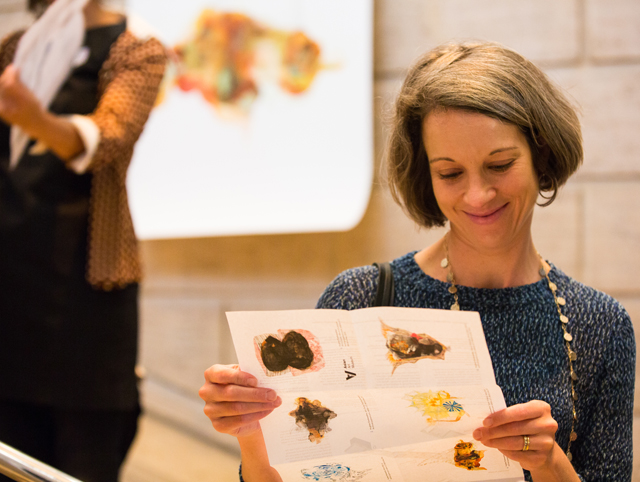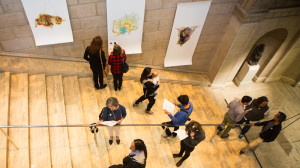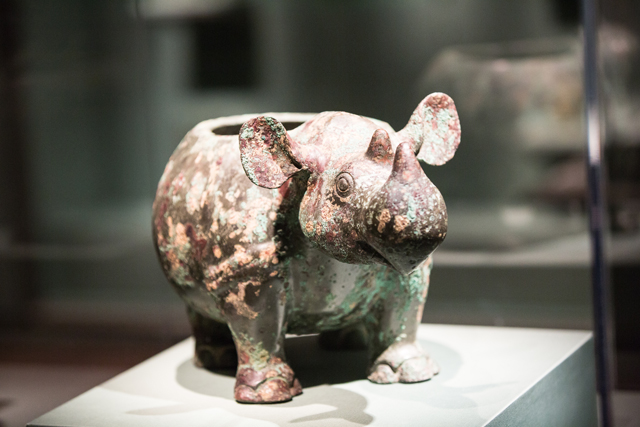On the last Thursday of each month, the Asian Art Museum becomes a playground for Bay Area contemporary artists, and by proxy, museum visitors, thanks to the Artists Drawing Club. Currently in its second season, the Drawing Club invites artists to create site-specific artworks and programming. And through these public events, the museum trades the expected for the unexpected, breathing new life into old objects, and creating a rare forum for both dialogue and experimentation.
The program started in 2013 under the direction of the AAM’s Marc Mayer, educator for public programs. Supporting new interactive works, in its pilot year the Drawing Club involved eight artists, including Amy M. Ho, Ranu Mukherjee, Radka Pulliam, and Weston Teruya.

Through the club, artists delve into the museum’s permanent collection, rotating exhibits, architecture, and neighborhood, creating tours, drawing assignments, social media events, and more. For the most recent iteration, on the evening of May 22, the collaborative duo Hughen/Starkweather (Amanda Hughen and Jennifer Starkweather) presented Re:depiction, six elegant works on paper with accompanying audio tracks. The large pigment prints, each 48 by 36 inches, hung on either side of the museum’s grand staircase. Opposite each colorful and highly detailed blend of line and brushwork was a pair of headphones, linked to each artwork by a matching sticker.
Insulated against the ricochet of sound coming off the marble stairs, the headphones played excerpts from interviews with six AAM staff members. Miriam Mills, a museum storyteller, described “imaginary shapes and figures.” Shiho Sasaki, painting conservator, told a story that was “warm but a little bit sad.” And Qamar Adamjee, Associate Curator of South Asian Art, relayed a tale in which the deity Vishnu takes the form of “half man, half lion.”

Their voices, and those of the three other interviewees — John Stucky, museum librarian; Jay Xu, Museum Director; and Susan Williams, museum security guard — describe objects in the museum chosen by the interviewees. As Starkweather related to Mayer on the AAM’s blog, “Although we had planned questions in advance, the conversations meandered, frequently becoming more about the personal connection the interviewee had to the artwork.” In some instances the excerpts are just as abstract as their visual results.



